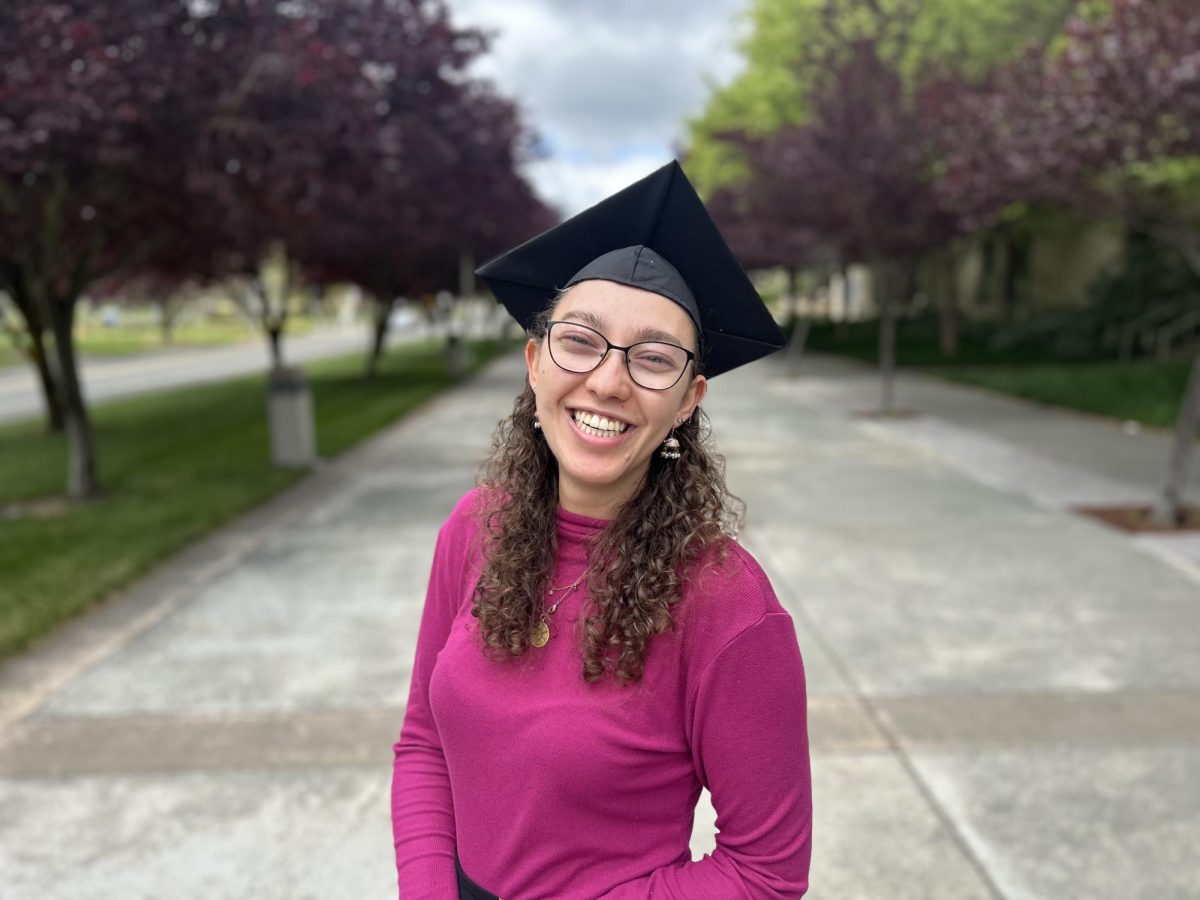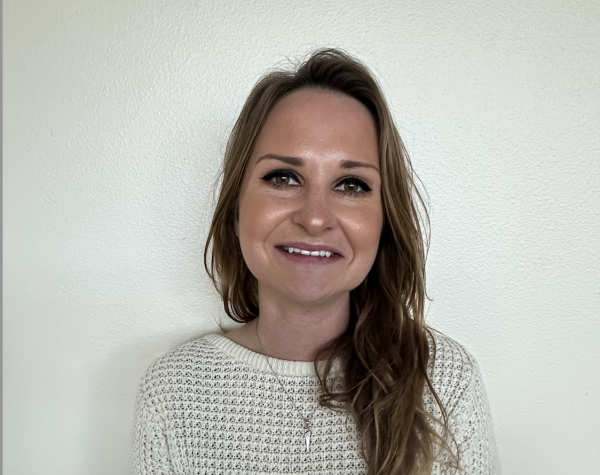On Wednesday, April 17, Candice C. Jones, the president and CEO of the Public Welfare Foundation in Washington D.C., joined SSU Chief of Police Nader Oweis in a conversation about leadership, change, current challenges and possible solutions in the criminal justice system.
But before the discussion began, SSU vice president for student affairs, Gerald L. Jones announced that funding had been allocated to bring Project Rebound to Sonoma State.
Project Rebound is a program that provides support and a pathway to higher education for previously incarcerated individuals. According to the CSU website, “Project Rebound constructs an alternative to the revolving door policy of mass incarceration and increases community strength and safety.”
This is a big win for the Rise Above club on campus, as they have been in dialogue with SSU administration, advocating to get more support for previously incarcerated students who often feel they don’t belong or can’t succeed in academic settings. When we create spaces where all people can thrive, it’s really a win for the community at large.
Earlier in her career, our guest speaker Candice C. Jones served as a White House Fellow where she managed a portfolio within the Department of Education. She worked to reinstate educational programs within correctional institutions. “Now thousands of people are eligible again to get access to post-secondary education in prison, and research shows without a doubt that that has an impact on recidivism,” Jones said.
Jones talked about growing up in the time period when the government was initiating the war on drugs and getting “tough on crime.” She remembered feeling the effects as these policies acutely impacted communities of color. “I knew even as a little child, I wanted to go to law school. Because in my mind, what I felt was that if I understood the law, I could protect the people I love, I could protect the community that I was from,” she said.
An overarching theme of the conversation between Oweis and Jones was about addressing the polarization in our society today, especially regarding the justice system and law enforcement.
“We’re in this moment in history where we’re all just kind of more willing to retreat to our corners and that comfort space than actually do what is actually the work of being in dialogue about some of these tough issues,” Jones said.
Jones noted how fear in society oftentimes stems from the media, particularly around youth and gun violence. “So you can have this rhetoric that’s really dangerous,” she said, because realistically, the data does not support youth as the drivers of gun violence.
“We love to paint people as villains and heroes– you do one bad thing and then we want to be like, ‘That’s who you are for the rest of your life.’ There’s not one person on the planet who hasn’t done something horrible, bad or stupid,” Jones said.
While Oweis expressed support for bringing school resource officers back to campuses, Jones noted how affluent schools have more social services in place, where lower-income schools often focus on punitive reactions to behavioral issues. This creates an unjust system. What she suggested is truly needed are continuums of care– services that actually address the need rather than punishing a behavior which often stems from needs going unmet.
“We don’t necessarily, in a lot of places, have the kind of robust system to support youth and their families when they really are in crisis. And we over-rely on systems of incarceration,” Jones said.
The topic shifted to the importance of history, especially when considering racism and mass incarceration, and the trepidation around it in today’s social climate.
“You can have this whole debate about, ‘we don’t want to talk about history anymore.’ The thing we forget is that the American legal system is based on history,” Jones explained.
“We are still operating on a constitution made hundreds of years ago. Our whole system of justice is all about history,” she continued, “If that is true, we can’t pick and choose which parts of it that we honor and integrate while ignoring others. The mistakes we’ve made as a nation are our history.”
After the talk ended, I asked Jones about the movement towards alternative responder programs, as discussion around that policy shift has seemed to decline in recent years. “We need to make sure that that’s going to be fully funded. I think there’s a lot of work going on right now about alternative crisis response… but it takes a deep investment for the infrastructure to be able to stand up those systems,” she said.
When asked about her overall vision and mission in her work, Jones said “I hope to see a time when we are responding to people in crisis, not with a harsh hammer of the justice system, but with care and supportive services.”
Oweis explained to me the purpose of the Conversations with Black and Brown in Blue is ultimately to educate. “We wanted to have differing perspectives of law enforcement, and how to build community from different speakers. We want our students to learn and have different viewpoints.”
While Oweis told me he does not personally feel stigmatized as a police officer, he acknowledges that the stigma exists, “they only see the uniform, not the human behind it. And I think there’s a lot of fear,” he said.
“I think we need to do a better job of really explaining what we do, why we do it, and how we do it. I think as people have more knowledge, they can make better decisions about whether they stigmatize somebody, whether they’re afraid of somebody, or whether they just choose not to participate in a conversation that they should be in.”
I walked away from the evening feeling grateful to be a student at Sonoma State, at this moment in history.
The key thing I took away is the importance of having hard conversations. Not just shouting our opinions at each other and walking away because we’re afraid to take accountability, or greeting disagreement with violence, but really hearing each other. Only then can we find solutions and create change in the systems that ultimately impact all of us, no matter who we are.





![[Both photos courtesy of sonoma.edu]
Ming-Ting Mike Lee stepped in as the new SSU president following Sakakis resignation in July 2022](https://sonomastatestar.com/wp-content/uploads/2024/04/CC4520AB-22A7-41B2-9F6F-2A2D5F76A28C-1200x1200.jpeg)




























